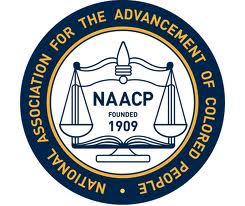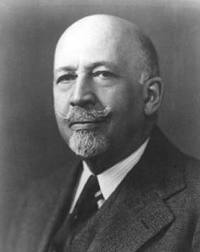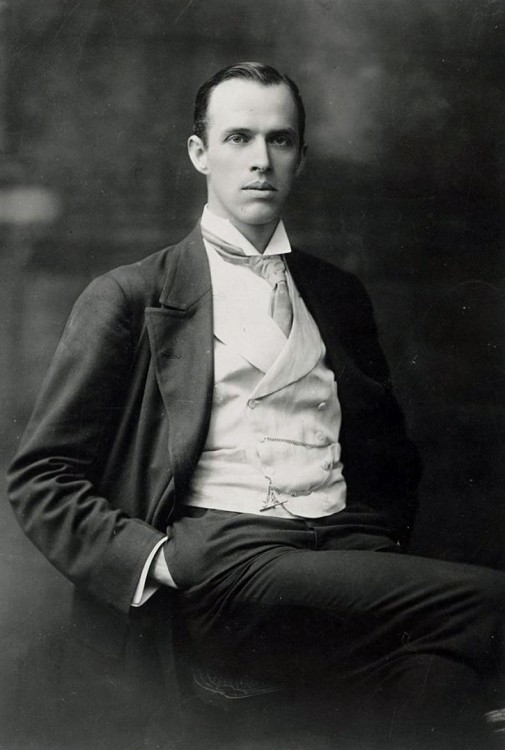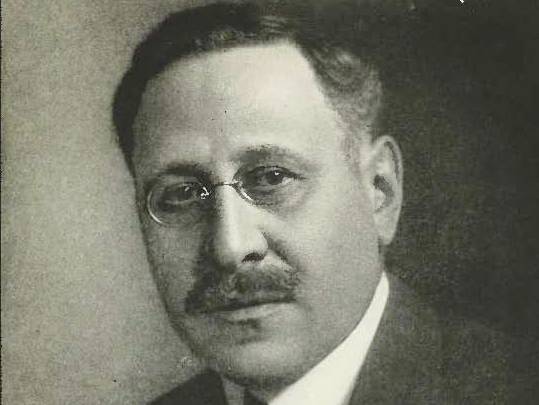This Day in History, the NAACP Was Founded
Share
Explore Our Galleries
Breaking News!
Today's news and culture by Black and other reporters in the Black and mainstream media.
Ways to Support ABHM?
From Wikipedia

The NAACP was founded on February 12, 1909 by a diverse group composed of W.E.B. Du Bois, Ida B. Wells, Archibald Grimké, Henry Moscowitz, Mary White Ovington, Oswald Garrison Villard, William English Walling (the last son of a former slave-holding family), Florence Kelley, a social reformer and friend of Du Bois, and Charles Edward Russell, a renowned muckraker and close friend of Walling who helped plan the NAACP and served as acting chairman of the National Negro Committee (1909), a forerunner to the NAACP….
The NAACP was incorporated a year later in 1911. The association’s charter delineated its mission:
To promote equality of rights and to eradicate caste or race prejudice among the citizens of the United States; to advance the interest of colored citizens; to secure for them impartial suffrage; and to increase their opportunities for securing justice in the courts, education for the children, employment according to their ability and complete equality before law.
[T]he leadership was predominantly white and heavily Jewish American. In fact, at its founding, the NAACP had only one African American on its executive board, Du Bois himself. It did not elect a black president until 1975, although executive directors had been African American. The Jewish community contributed greatly to the NAACP’s founding and continued financing. … Early Jewish-American co-founders included Julius Rosenwald, founder, with Booker T. Washington, of the Rosenwald Schools (see exhibit in ABHM)….



Stressing the similarities rather than the differences between the Jewish and Black experience in America, Jewish leaders emphasized the idea that both groups would benefit the more America moved toward a society of merit, free of religious, ethnic and racial restrictions.” Pbs.org states,…”About 50 percent of the civil rights attorneys in the South during the 1960s were Jews, as were over 50 percent of the Whites who went to Mississippi in 1964 to challenge Jim Crow Laws.”
In its early years, the NAACP concentrated on using the courts to overturn the Jim Crow statutes that legalized racial segregation. […]
The NAACP devoted much of its energy during the interwar years to fighting the lynching of blacks throughout the United States by working for legislation, lobbying and educating the public….
The NAACP campaign for desegregation culminated in a unanimous 1954 Supreme Court decision in Brown v. Board of Education that held state-sponsored segregation of elementary schools was unconstitutional. Bolstered by that victory, the NAACP pushed for full desegregation throughout the South. Starting on December 5, 1955, NAACP activists, including E.D. Nixon, its local president, and Rosa Parks, who had served as the chapter’s Secretary, helped organize a bus boycott in Montgomery, Alabama….
Read more about the NAACP and learn about its current activities here.
Learn about the Rosenwald schools for Black children.
Read more Breaking News here.









Comments Are Welcome
Note: We moderate submissions in order to create a space for meaningful dialogue, a space where museum visitors – adults and youth –– can exchange informed, thoughtful, and relevant comments that add value to our exhibits.
Racial slurs, personal attacks, obscenity, profanity, and SHOUTING do not meet the above standard. Such comments are posted in the exhibit Hateful Speech. Commercial promotions, impersonations, and incoherent comments likewise fail to meet our goals, so will not be posted. Submissions longer than 120 words will be shortened.
See our full Comments Policy here.